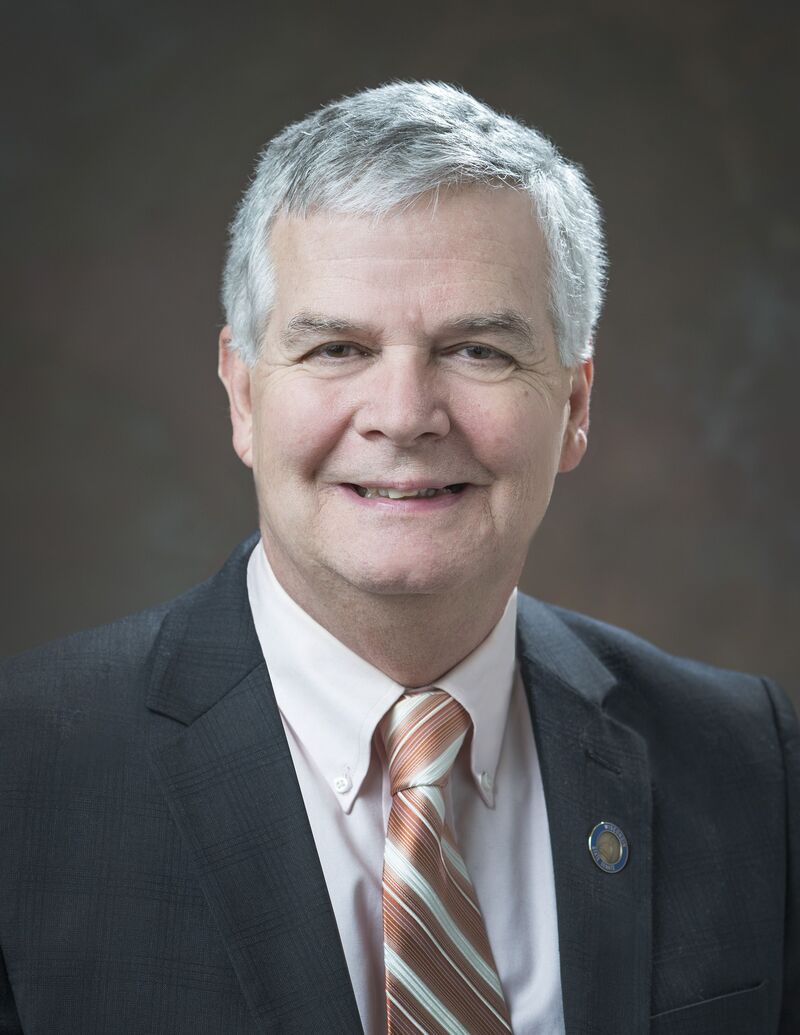We’re only three days away from gun hunting season in Wisconsin. Hunters are prepared and eagerly anticipating the time to look out from their deer stand. It would seem Wisconsin is prepared for the upcoming hunting season.
Think again. Wisconsin hasn’t done nearly enough to curb the spread of Chronic Wasting Disease (CWD). The disease sounds scary enough without even knowing all the details... and it’s continuing to spread. As conservationists and hunters, we must test our deer and stay educated to understand the threat it poses to the future of hunting in Wisconsin and the ramifications on our rural economies and public health.
CWD is caused by abnormal proteins called prions, which lead to brain damage and attack the central nervous system. According to the Centers for Disease Control, CWD affects many different species of hoofed animals including whitetail deer. CWD belongs to a family of diseases called prion diseases, which also includes Creutzfeldt-Jacob disease, understood as “mad cow disease” in people.
CWD is always fatal. Scientists believe CWD spreads between animals through direct contact with contaminated body fluids and tissue or indirectly through exposure in the environment while drinking water or sharing food. Due to the easy nature of CWD spreading, there are serious concerns raised about commercial deer and elk farms that force animals around one feeding area.
With over 380 registered commercial deer and elk operations in our state, it’s critical there are measures in place to prevent the spread of CWD. Officials have ordered warnings and bans on baiting and feeding stations and there’s been recent discussion about fence height and other needed regulations.
There’s more we must do to stop the spread of CWD – hunters must test their deer and properly dispose of their deer carcasses. Prions make CWD such a scary disease because they can survive in extreme temperatures and never leave the soil. When an infected carcass is left in the woods or fields for other animals to feed on, predators can scatter the prions across the landscape. Even when a carcass isn’t fed on, but just left to decay into the soil, prions can live in the roots and plants for the next deer to feed on and potentially become infected.
Scared yet? We all should be.
I’ve taken action with my legislative colleagues to get a grip on the spread of this deadly disease. Recently, we introduced legislation to address the spread of CWD in a few different ways. A bipartisan group of legislators introduced Senate Bill (SB) 325, which would require the Department of Natural Resources to create a carcass disposal grant program for county deer management advisory councils.
Additionally, I authored legislation with my Democratic colleagues to promote CWD education and testing. SB 473 provides funding for CWD research; SB 474 requires the DNR to provide self-service CWD testing kiosks; SB 477 requires the DNR to provide carcass disposal dumpsters and CWD education. These measures and more are needed to address this critical issue facing our whitetail deer population and the great hunting heritage in Wisconsin.
Republican leadership hasn’t shown any inclination to move on CWD preventative measures this session. SB 325 is the only bill that’s had a public hearing; none of these bills have passed committee and been voted on. With that in mind, I stood before my senate colleagues during floor session on November 5th and requested SB 474 be moved to the calendar for a vote. Disappointingly, my motion was struck down on a partisan vote. So here we are, going into another hunting season without the additional resources to halt this dreaded disease from spreading further.
I’ll continue advocating for these preventative measures, but we still need hunters to test their deer and properly dispose of their deer carcasses. Learn about the steps you can take to stop the spread through the Wisconsin Department of Natural Resources.
This Saturday, I’ll be joining Senator Patty Schachtner and DNR officials to visit CWD Kiosks and carcass disposal sites in Eau Claire. If you see me, please do not hesitate to stop and talk. I want to hear from you.
Documents
Memberships
Steve is a member of LION Publishers , the Wisconsin Newspaper Association, the Menomonie Area Chamber of Commerce, the Online News Association, and the Local Media Consortium, and is active in Health Dunn Right.
He has been a computer guy most of his life but has published a political blog, a discussion website, and now Eye On Dunn County.



Add new comment